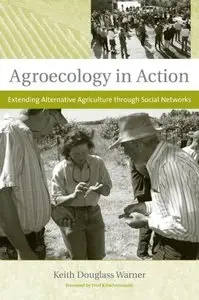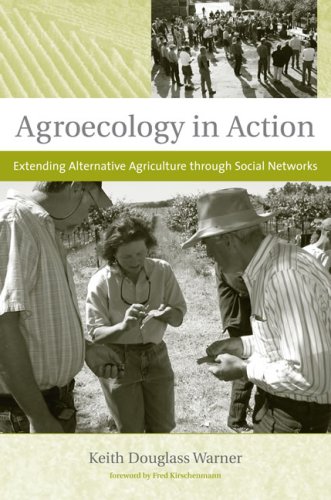Agroecology in Action: Extending Alternative Agriculture through Social Networks
291 pages | The MIT Press; illustrated edition edition (January 1, 2007) | 0262232529 | PDF | 3 Mb
American agriculture has doubled its use of pesticides since the publication of Rachel Carson's Silent Spring in 1962. Agriculture is the nation's leading cause of non-point-source water pollution—runoffs of pesticides, nutrients, and sediments into streams, rivers, lakes, and oceans. In Agroecology in Action, Keith Douglass Warner describes agroecology, an emerging scientific response to agriculture's environmental crises, and offers detailed case studies of ways in which growers, scientists, agricultural organizations, and public agencies have developed innovative, ecologically based techniques to reduce reliance on agrochemicals.
Agroecology in Action shows that agroecology can be put into action effectively only when networks of farmers, scientists, and other stakeholders learn together. Farmers and scientists and their organizations must work collaboratively to share knowledge—whether it is derived from farm, laboratory, or marketplace. This sort of partnership, writes Warner, has emerged as the primary strategy for finding alternatives to conventional agrochemical use. Warner describes successful agroecological initiatives in California, Iowa, Washington, and Wisconsin. California's vast and diverse specialty-crop agriculture has already produced 32 agricultural partnerships, and Warner pays particular attention to agroecological efforts in that state, including those under way in the pear, winegrape, and almond farming systems.
The book shows how popular concern about the health and environmental impacts of pesticides has helped shape agricultural environmental policy, and how policy has in turn stimulated creative solutions from scientists, extension agents, and growers.



